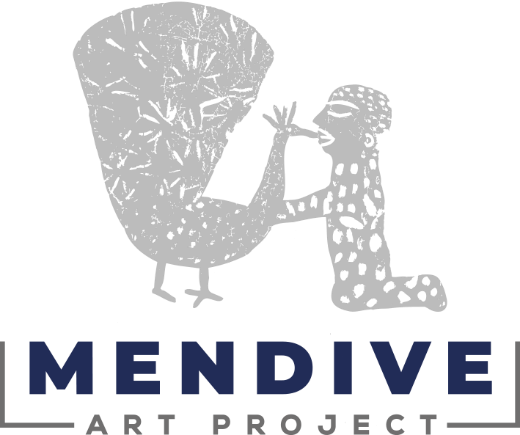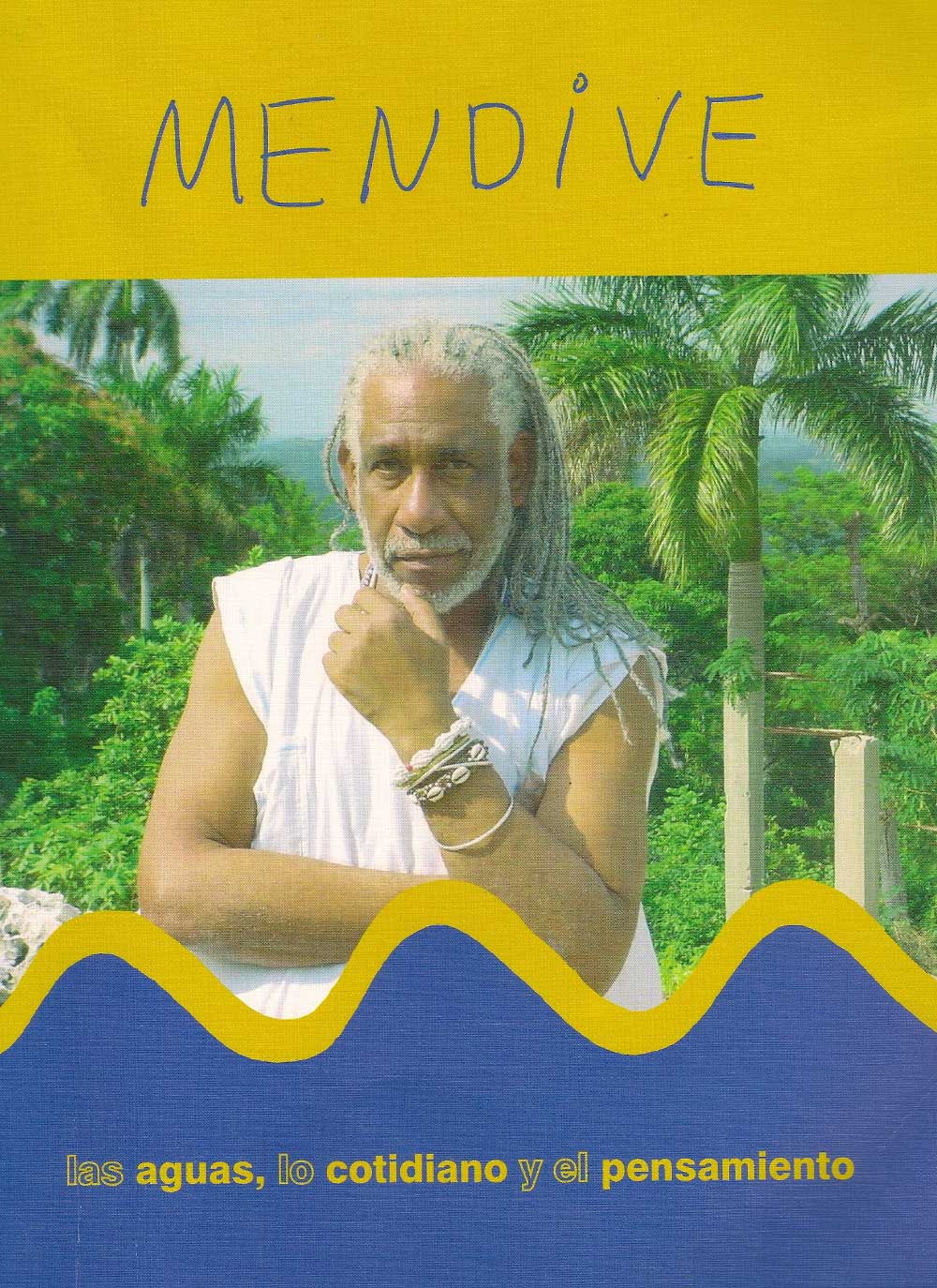Cuban contemporary art plays a very significant role in many of the highly complex concentric circles that form the matrix of the art world in the United States. On one hand there is an almost visceral desire for the forbidden, a wish to embrace that which one cannot have. The follies of politics have created false barriers and rendered many of the natural cultural links between the two countries futile. A wish to regain utopia, an urge to merge with the other is made concrete in our anxiety to know and understand as much as we can of the hugely productive, fruitful visual production of Cuba. As an art historian and critic of the modern art of Latin America, I have always asserted to my students and to the reading public that one of the traditional cultural capitals of the western hemisphere has been Havana, and this still continues to be the case. Havana is a city that has produced an amazing effervescence of talent ever since the early years of the past century and the development of the first vanguards.
Art made in Havana has, of course, many faces. Just as New York is a city of global interactions. Havana is a vital metropolis for its diversity and its ability to transform and re-conceptualize the influences that have reached it from abroad. Havana, like New York, has been a point of encounter for many cultures, visual traditions and the contributions of many races. The subject of the African presence in the Caribbean -and particularly in Cuba, which has been so brilliantly explained in the writings of Gerardo Mosquera- is an inevitable and indelible fact of New York and Havana visual culture. The pulse of Africa exists in a palpable, deeply felt way in the art of Wifredo Lam, whose 100th birthday is celebrated this year, and it continues to live and breathe in the work of Manuel Mendive.
I have called Mendive here a “rebel angel”. Why is that? conceive of his work as daring, rebellious, unconventional and brave. He does not care about fashion or trends. His images, which so often incorporate and wildly transform the vestiges of African stimulus, do not appeal necessarily to those who seek the latest trend in the art world. Instead of intellectualized minimalism or hollow conceptualism, Mendive relies on the senses: thought, touch, color, breath, air, and fire. His paintings, just like his actions and performances which he so deftly orchestrates, demonstrate his fidelity to his own visionary sensibility, not to a market imposed “look”. Mendive is an artist who has not renounced the poetic, the subtle and nuanced evocation of spirits or essences. Mendive does not play into the stereotypical interest in the “exotic”. hile a communal spirit is evoked in his work his art is far from being conventionally folkloric. It is rebellious in his disregard for the picturesque.
Mendive is a name that is very well known in Cuba, of course. He has had an important presence in Europe, with his successful exhibitions in Spain and elsewhere. He has certainly been a presence in the US also, although it is the hope of many people in the country where these few lines are written, that he will, in the future, become an even greater force in our art world. Mendive’s art is transcendent. It goes beyond barriers, national frontiers and arbitrary political borders. This art of spirituality, hopefulness and sheer emotional power and beauty certainly serve as one of many links that reaches across nations, making them look at one another with fresh, unprejudiced eyes.
Edward J. Sullivan

